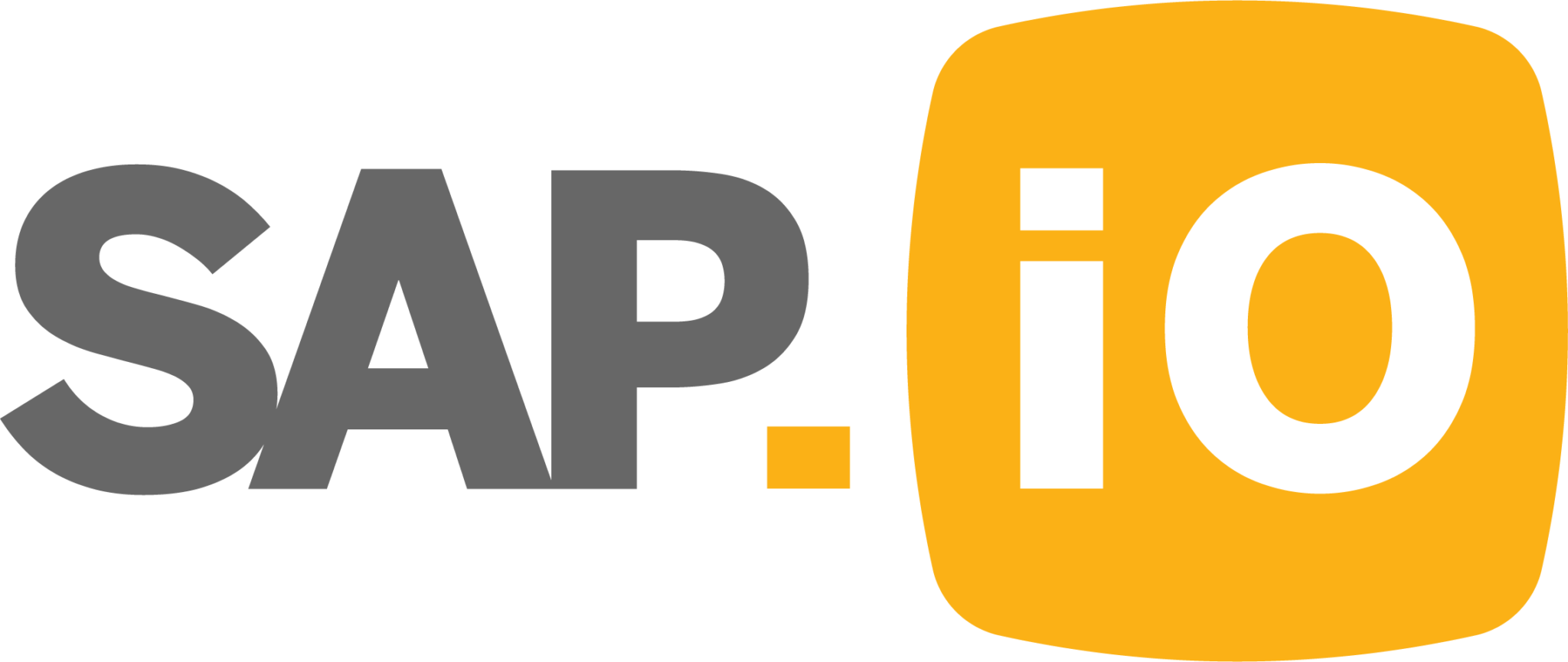Counterfeiters are flooding markets with fake masks, coronavirus test kits, PPE worn by frontline workers, medicine and medical equipment used for healing patients afflicted with COVID-19.
Last week, the European Anti-Fraud Office announced that they had already identified 340 companies trading in counterfeit products linked to the COVID-19 pandemic. The large majority of these fake goods are ineffective if not downright dangerous, and deceive both patients and doctors who trust that they are using genuine and effective treatments. This reduces the likelihood of patient recovery, and generally disrupts efforts to stop or slow the spread of the virus.
That counterfeiters have quickly seized on this new market opportunity shouldn’t come as a surprise. Whether a luxury handbag or watch, a medication or a bottle of wine, anything with a brand name attached to it will be counterfeited. The exterior or packaging of many counterfeits look identical to the genuine products, while the product itself is usually malfunctioning, made with inferior components, or at the very least does not adhere to proper manufacturing practices. The only challenge for counterfeiters is to insert their imitations into legitimate distribution channels without getting caught. For this reason, counterfeiters love opaque, long and complex supply chains that leave many opportunities for distributing the fakes wide open.





